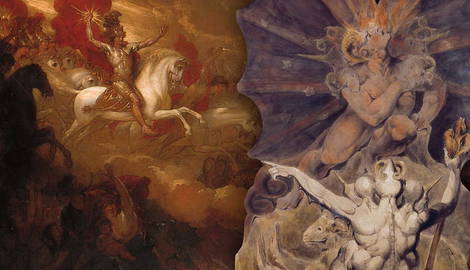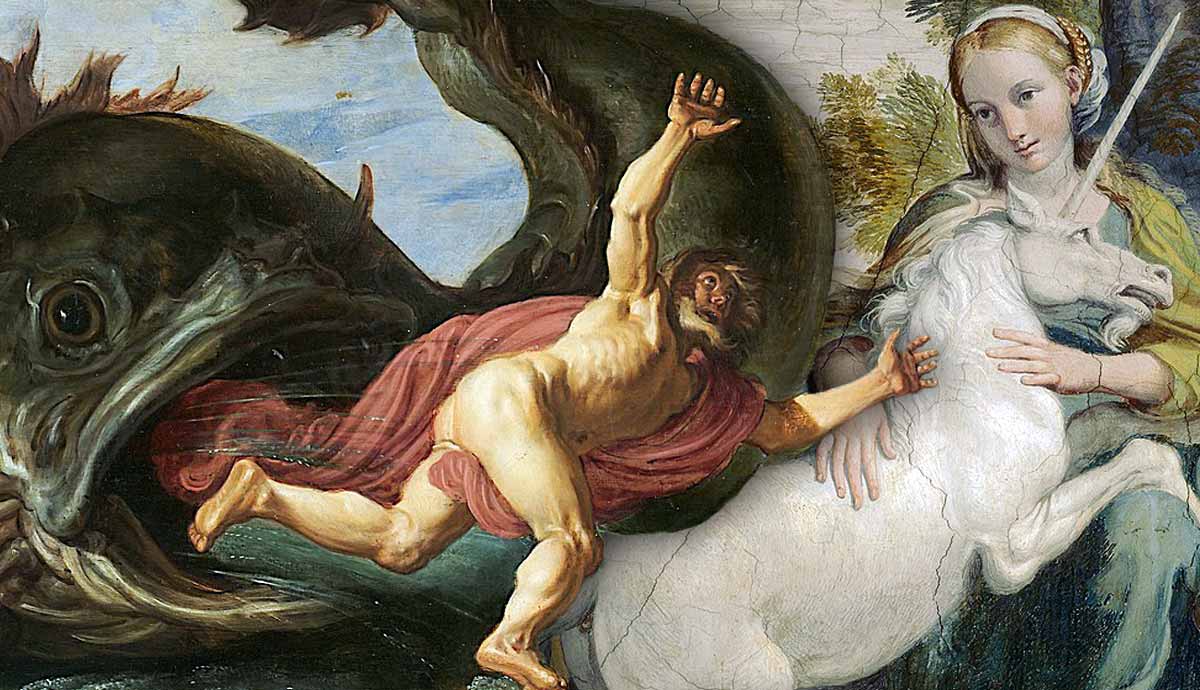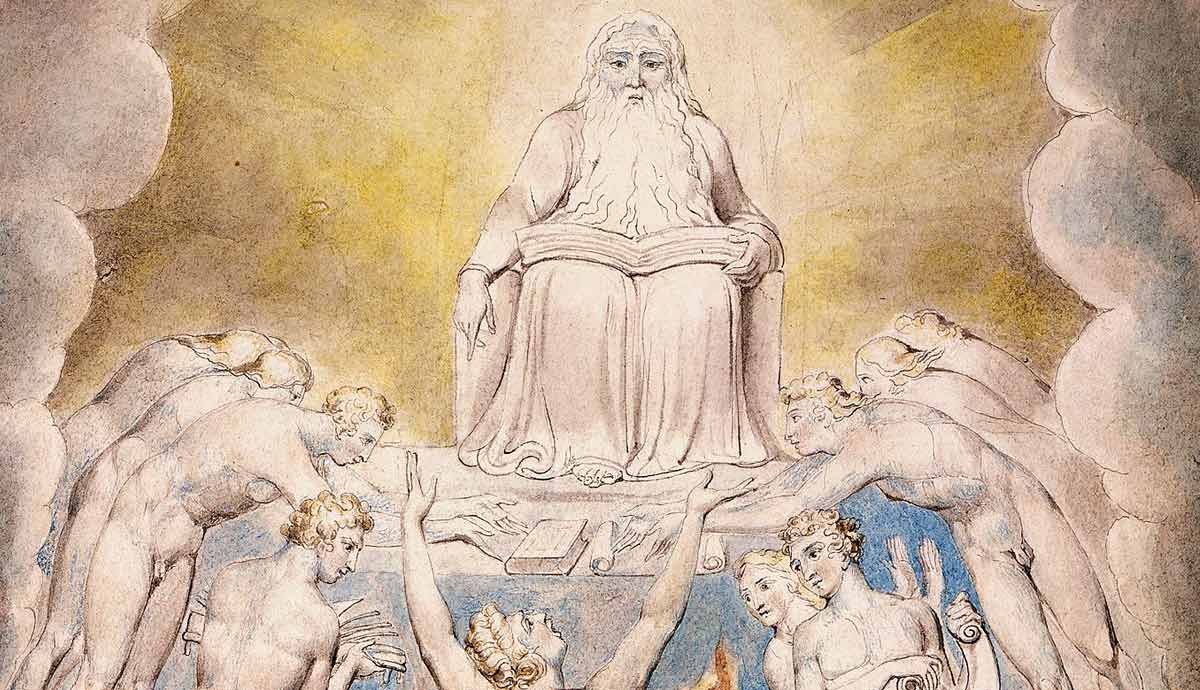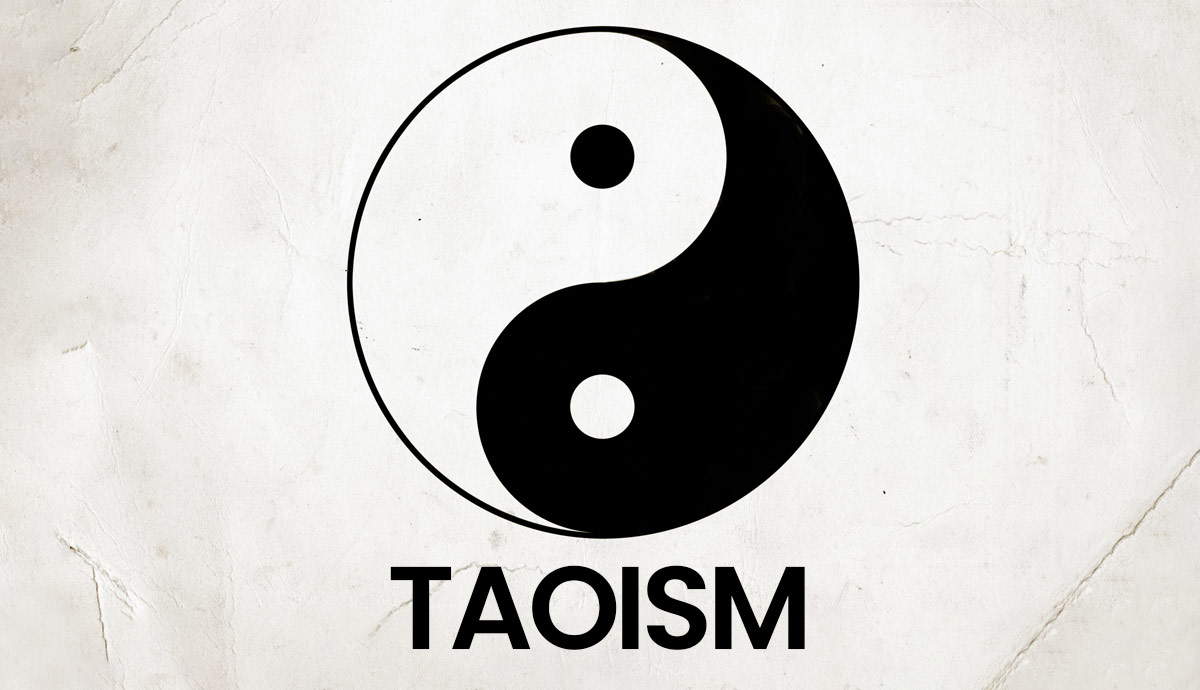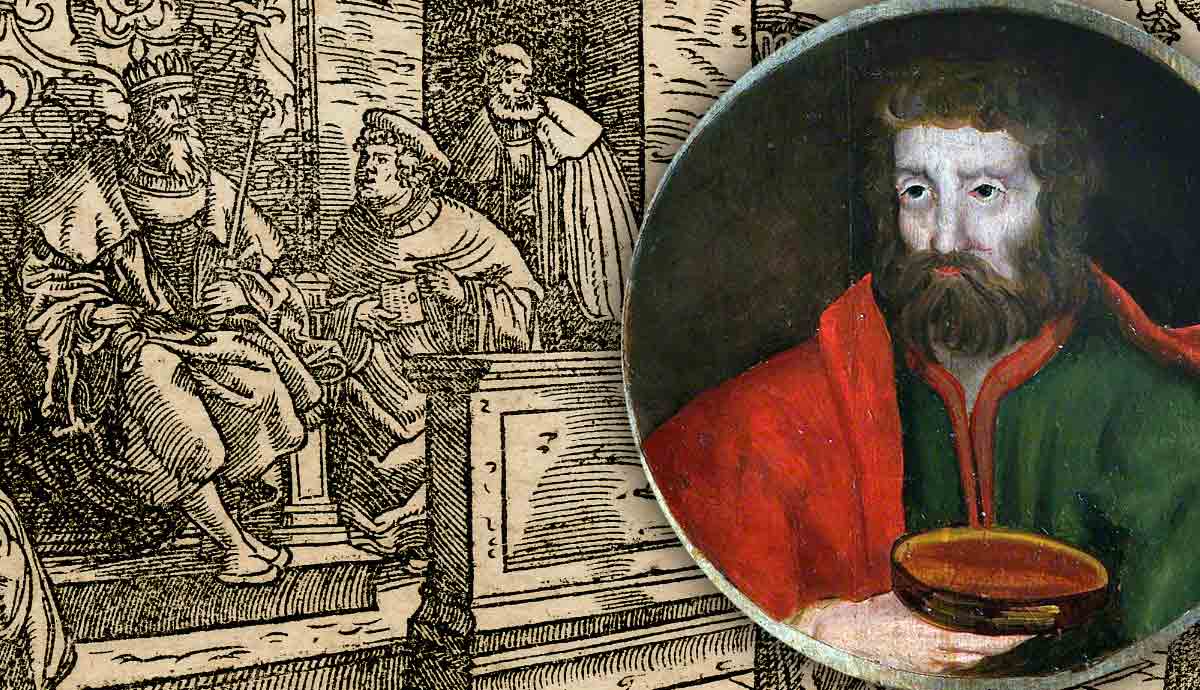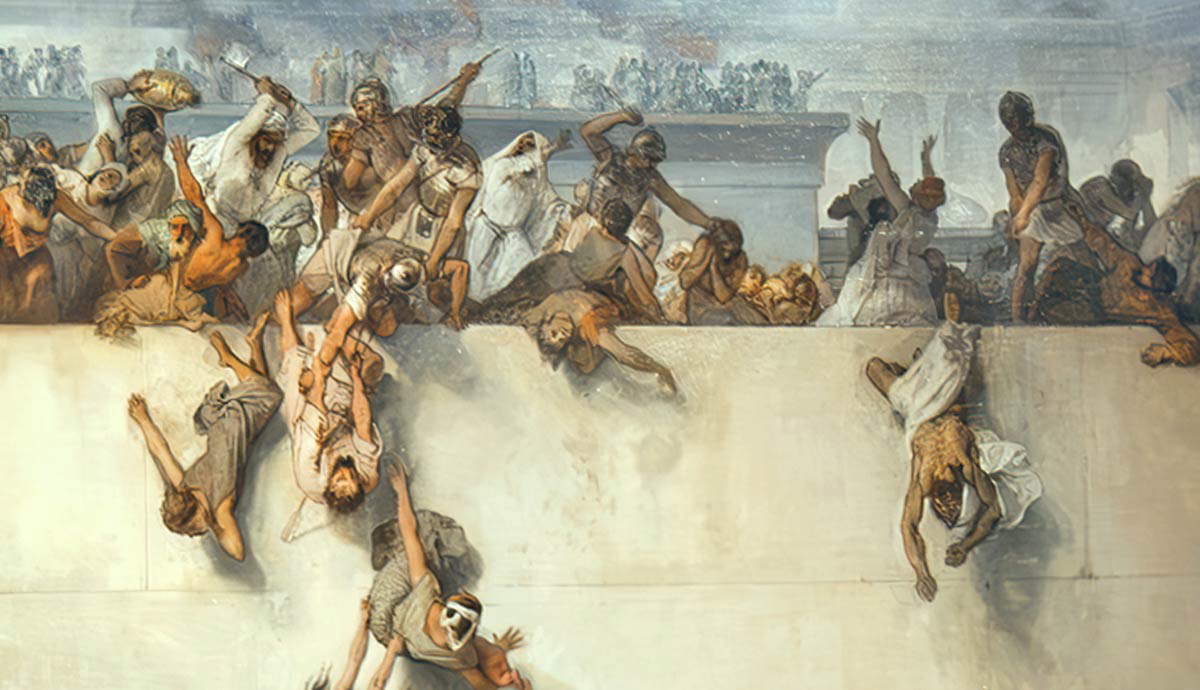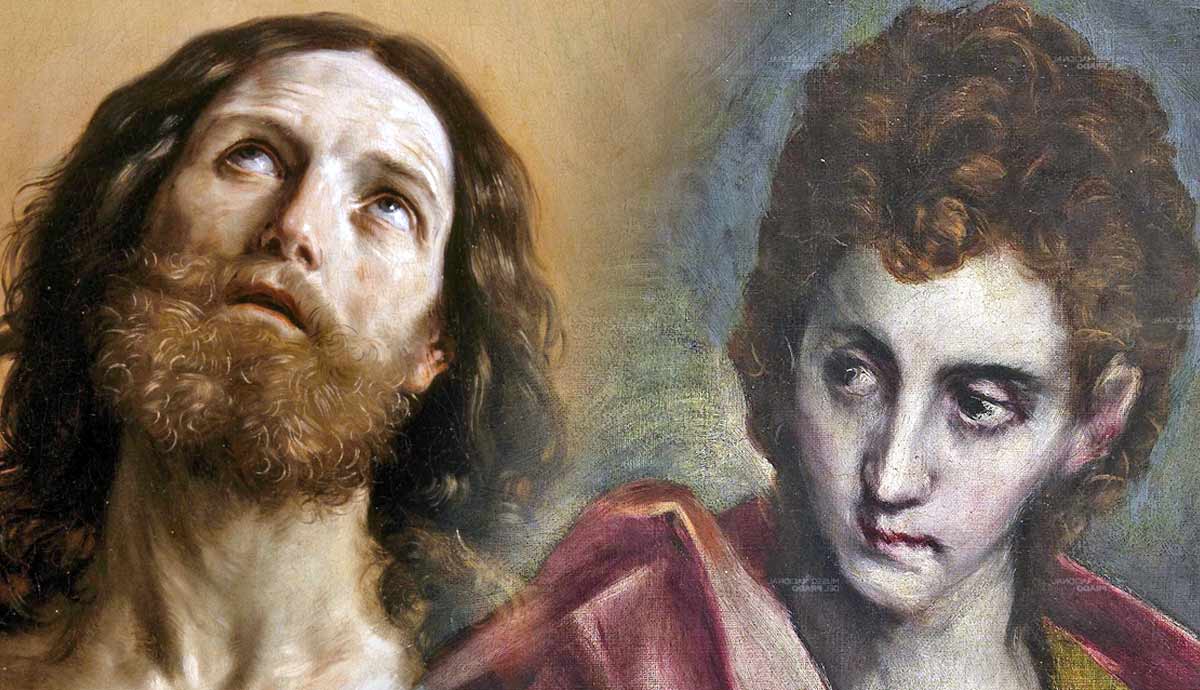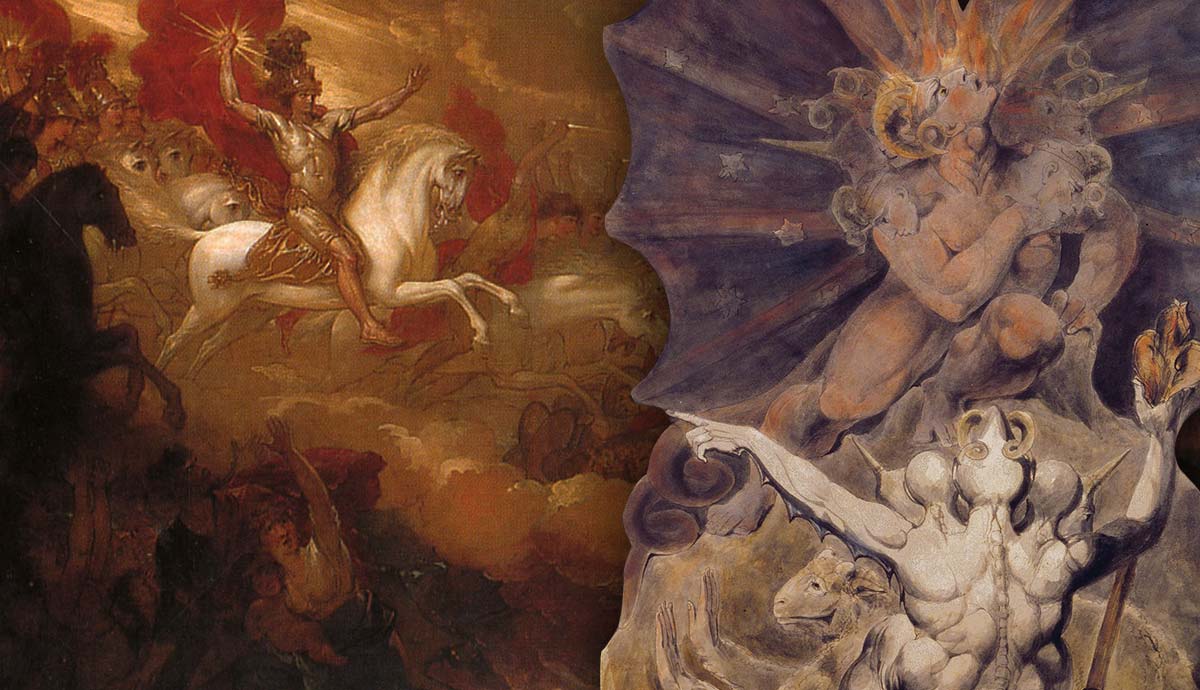
The character known as the Antichrist has played a prominent role as the villain in many Hollywood classics of religious horror, from The Omen to Rosemary’s Baby. The name and deeds of the Antichrist are also included in novels, songs, and philosophical doctrines. This article examines the origin and meaning of the Antichrist trope from the Bible itself, focusing on the prophecies of Jesus, John, and Paul. It also lists those figures in history who have been identified as the Antichrist — a diverse cast of secular and sacred candidates.
The Antichrist in Hollywood and Horror

The character of the Antichrist is one of the most well-known and recurring villains in religious horror. Those who know little of the concept’s biblical roots are still able to recognize the Antichrist as an end times ultimate incarnation of evil. Thanks to Hollywood classics like Rosemary’s Baby (1968) and The Omen (1976), the Antichrist is commonly associated with Satanic cults, rising political power, and the idea that he is the son of the devil — a doctrine that the Bible itself doesn’t teach.
Portrayals of the Antichrist in serious novels tend to have a less sensationalistic, more socio-political bent. Vladimir Solovyov’s apocalyptic short story The Tale of the Antichrist (1900) deals with a Sino-Japanese attack on Russia. The dystopian Lord of the World (1907) is a science-fiction novel in which the Antichrist is a humanist politician who targets Catholics. It was written by Robert Benson, an Anglican vicar who converted to Catholicism. In the satirical novel Messiah (1954) by Gore Vidal, a new death cult replaces Christianity, and its founder is eventually declared by his followers as the Antichrist.
The Antichrist in Pop and High Culture

All kinds of black, extreme, and thrash metal bands have produced albums with the name “Antichrist,” often expressing anti-religious sentiment. Infamous rocker Marilyn Manson released an album in 1996 called Antichrist Superstar. In contrast to these low culture musical uses of the name Antichrist, Danish composer Rued Langgaard wrote an opera called Antikrist that tells the tale of the Antichrist from his raising by Lucifer out of the pit to his final destruction by God.
But the best-known high culture use of the name is probably Friedrich Nietzsche’s 1896 book The Antichrist. In it, Nietzsche attacks the Christian virtue of pity for the weak. The most charitable act is to let the “weak and botched” perish. In place of pity, Nietzsche proposes the concept of the will to power—der Wille zur Macht—as a definer of moral meaning.
“What is good? Whatever augments the feeling of power, the will to power, power itself, in man. What is evil? Whatever springs from weakness. What is happiness? The feeling that power increases, that resistance is overcome.” (The Antichrist, Section 2)
This is why Antichrist figures in fiction are often portrayed as accessible versions of Nietzsche’s ideal: the Übermensch or Overman. This is an individual who has willed themselves to overcome all forms of cowardly compromise with tradition, morality, or any external constraint. He creates his own values, lives by his own code, and in this sense becomes his own God. In comics and cartoons, this Übermensch usually takes the form of a villainous megalomaniac with ambitions for world domination — more a Lex Luthor than a Superman.
The Meaning of “Christ” and “Antichrist”

To understand what “Antichrist” means we first have to know what “Christ” means. Christ is a title that Christians apply to Jesus, not the surname of Jesus. He is Jesus the Christ, with a definite article. It is the Greek equivalent of the Hebrew word “messiah” — a divinely appointed savior whose rule would liberate the Jews and usher in an era of global peace.
The literal meaning of Christ is “anointed.” This refers to the ritual of anointing with oil performed on those who held one of the three official offices of prophet, priest, or king. Oil was symbolic of the Spirit of God, who would endow the individual with the supernatural authority and abilities necessary to perform their function. The Christ would differ from these predecessors by combining all three offices in one person and receiving this spiritual power “without measure” or to an unlimited degree. He would also fulfill his mission on a worldwide rather than a local and limited front.
The Antichrist, then, is a dark or false version of this Christ, a destroyer and enslaver rather than a healer and liberator. It is vital to note the two meanings of the prefix “anti” in this regard. It means “against,” signifying that the Antichrist will oppose the teaching and work of the true Christ. But it also means “instead of.” The Antichrist is someone who attempts to usurp the position of the Christ by putting himself in the place of Christ, performing works that are restricted to the Christ, and receiving honors that only belong to Christ.
False Christs, Fake Claims

The interpretation of the Antichrist as a dark side replacement of Christ seems to be confirmed by the words of Jesus in what is commonly called the “Olivet Discourse.” This is one of the few times in the gospels in which Jesus deals extensively with future prophecy and the signs of the end times. In it, he predicts many events, such as the destruction of the Temple under Titus in 70 CE. He also makes these warnings.
“See to it that no one deceives you. For many will come in my name, claiming, ‘I am the Christ,’ and will deceive many… At that time, if anyone says to you, ‘Look, here is the Christ!’ or ‘There he is!’ do not believe it. For false Christs and false prophets will appear and perform great signs and wonders that would deceive even the elect, if that were possible.” (Matthew, 24:4, 23-24)
There have been many of these Christ claimants throughout time. They typically fall into one of two categories: (1) People who have claimed to be Jesus. These include various founders of the new religious movements, cult leaders, conspiracy theorists, and even criminals; (2) People who have claimed to be the Messiah — this is a wider category, including Jewish, Christian, and Muslim claimants. The Islamic version of the Antichrist is known as the Al-Masih ad-Dajjal, the Deceitful Messiah.
Antichrist in the Writings of St John

St John is the only writer in the New Testament who explicitly uses the word “antichrist,” which he does in two of his three letters. What he has to say about the Antichrist seems to differ radically from Hollywood and horror portrayals, in at least four ways.
- Although John admits that there will be a final Antichrist, he says there are in fact many antichrists. (1 John 2:18)
- These antichrists had already come and were present at the time John was writing.
- The Antichrist is a spirit that comes into the world rather than—or, perhaps, as well as—a single individual. (1 John 4:3)
- The main focus of these antichrists is the denial of basic Christian doctrines (1 John 2:22; 2 John 1:7) rather than the acquisition of unprecedented political power.
So where, then, did the fantasy and the religious horror genres gain their more fanciful depictions of the Antichrist as an end-time world leader who receives his supernatural powers directly from the devil? The answer to this question lies in that final great work of St John — The Book of Revelation, also called the Book of the Apocalypse, the last book of the New Testament.

Here, John speaks of a great Dragon, fiery red in color, with seven heads and ten horns, explicitly called the devil and Satan (12:9). This dragon fights against the archangel Michael and persecutes the saints. Then there is a Beast that arises out of the sea, who gains his power from the Dragon to wage war and receive worship. This Beast blasphemes God and is known by the number 666 (13:1-10, 16-18). Together with the Dragon and the False Prophet, the Beast is part of an unholy trinity and is identified as the Antichrist. The three are finally thrown into the lake of fire where they are tormented forever (20:10).
The Man of Sin, the Son of Perdition

St Paul makes it clear in his writings that the Second Coming or Return of Jesus Christ would not occur until there is a final rebellion against God. This great rebellion will be led by an individual Paul calls the Man of Sin, the Son of Perdition (or, in other versions, the Man of Lawlessness, the Son of Destruction). Paul describes this person’s actions like this.
“He will oppose and will exalt himself over everything that is called God or is worshiped, so that he sets himself up in God’s temple, proclaiming himself to be God… For the secret power of lawlessness is already at work… The coming of the lawless one will be in accordance with how Satan works. He will use all sorts of displays of power through signs and wonders that serve the lie.” (2 Thessalonians 2:4, 7, 9)
Like John, Paul makes the work of this Antichrist primarily a religious endeavor, with lies and deception as his main weapons. The mission of the Antichrist starts to work in secret, even back then at the time Paul wrote, but would be openly revealed before the Day of the Lord, the Second Coming of Jesus. This Antichrist is doomed to destruction, Paul says and will be overthrown by the Lord Jesus with the breath of his mouth and the splendor of his return (v 8).
Historical Candidates for the Antichrist

A number of political leaders have been identified with the Antichrist over the years. Some likely candidates have been proposed due to their era-defining wars (Napoleon) or the horror of their evil (Hitler). Others are less obvious but have been suggested because of their place and power in world affairs. In the 20th century, Henry Kissinger and Mikhail Gorbachev are examples of this sort, as strange as this sounds to us now.
Some New Testament scholars place the writings of John and Paul in historical context by identifying the Antichrist with tyrants nearer their times, including Caligula and especially Nero due to his persecution of early Christians. Antiochus Epiphanes, the Hellenistic king who ruled from 215 to 164 BCE, is often considered to have shaped Christian depictions of the Antichrist and is probably referred to in the Book of Daniel, chapter 11 as the “King of the North” (the Antichrist has also been identified as the “little horn” of Daniel 7:8). Antiochus repressed the Jewish religion, desecrated the Second Temple in Jerusalem, and triggered the Maccabean Revolt that took place in the Intertestamental Period.

Those who want to make the Antichrist more of a religious rather than a political figure have tended to identify the Antichrist with people or offices within the Christian church itself. There have been individual Popes who have been called Antichrist popes. Many theologians at the time of the Reformation labeled the entire papal system as Antichrist, with later Protestants in the evangelical tradition, such as John Wesley, continuing this tradition. The Westminster Confession of the Faith (1647) succinctly expresses this position.
“There is no other head of the Church but the Lord Jesus Christ. Nor can the Pope of Rome, in any sense, be head thereof, but is that Antichrist, that man of sin, and son of perdition, that exalts himself, in the Church, against Christ and all that is called God.” (Chapter 16:6)
Modern denominations in these traditions now tend not to restrict the Antichrist title to Roman Catholicism in general or even the Papacy in particular. Rather, they apply it to any doctrine, practice, or movement that has arisen within the church that contradicts its fundamental teachings, especially around the doctrine of the person and work of Christ (Christology). While not as thrilling as the offerings of Hollywood, this interpretation is likely more in keeping with the relevant texts of the New Testament.
